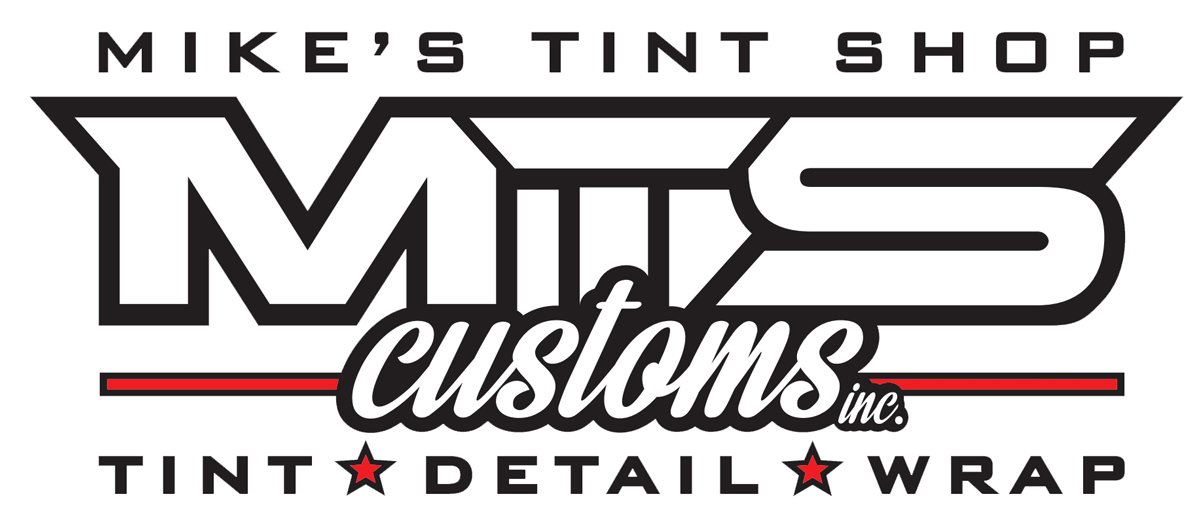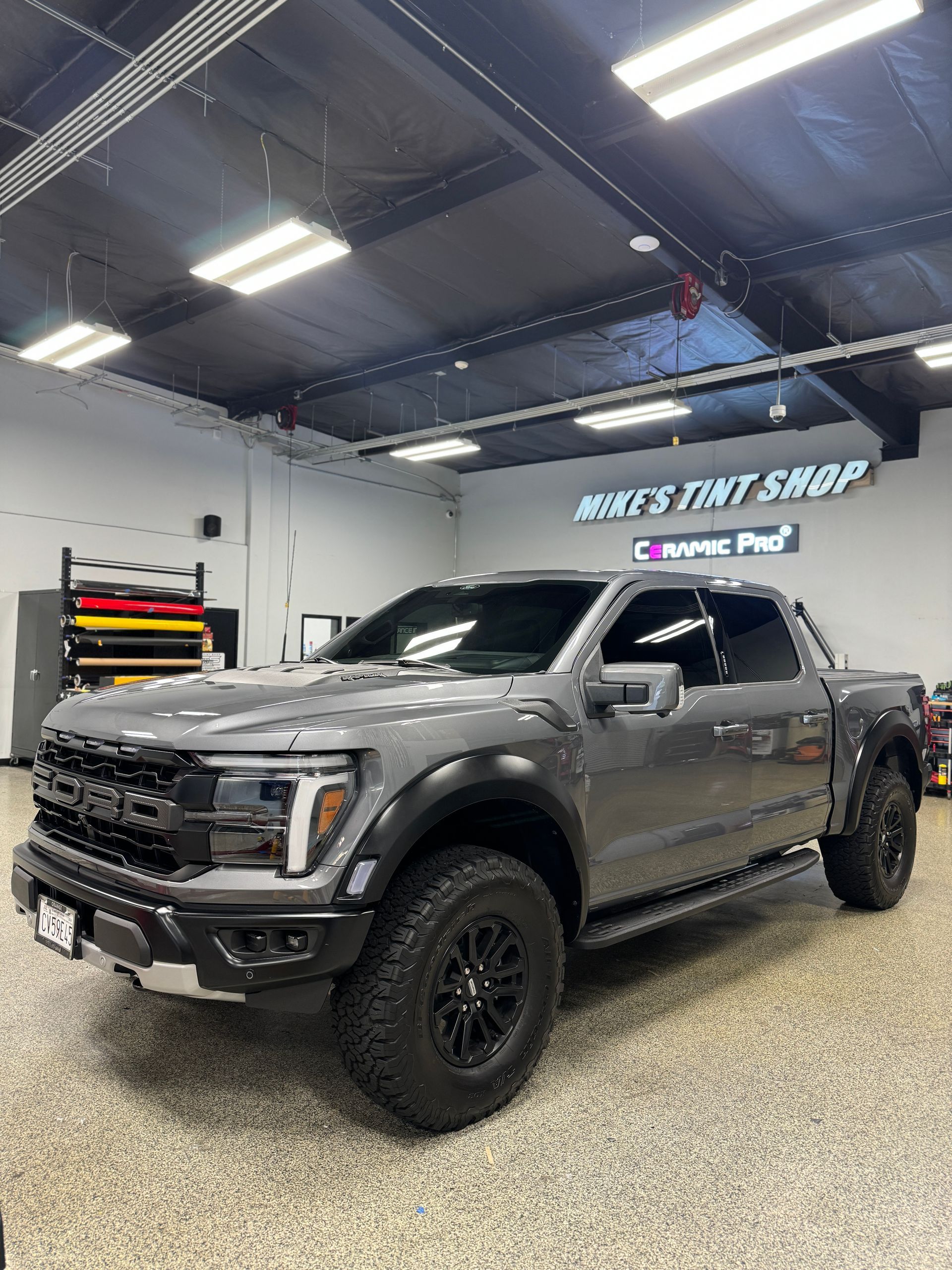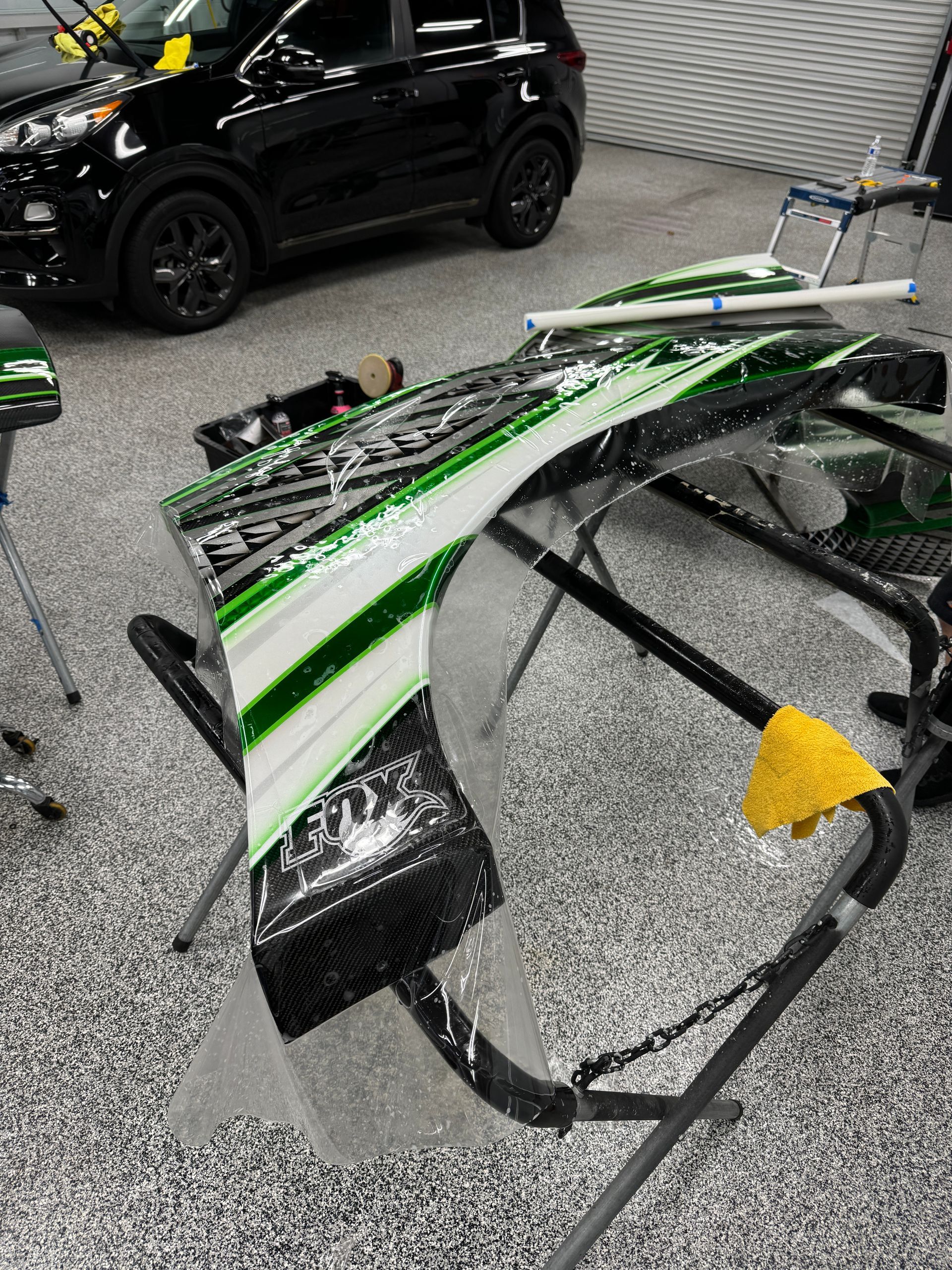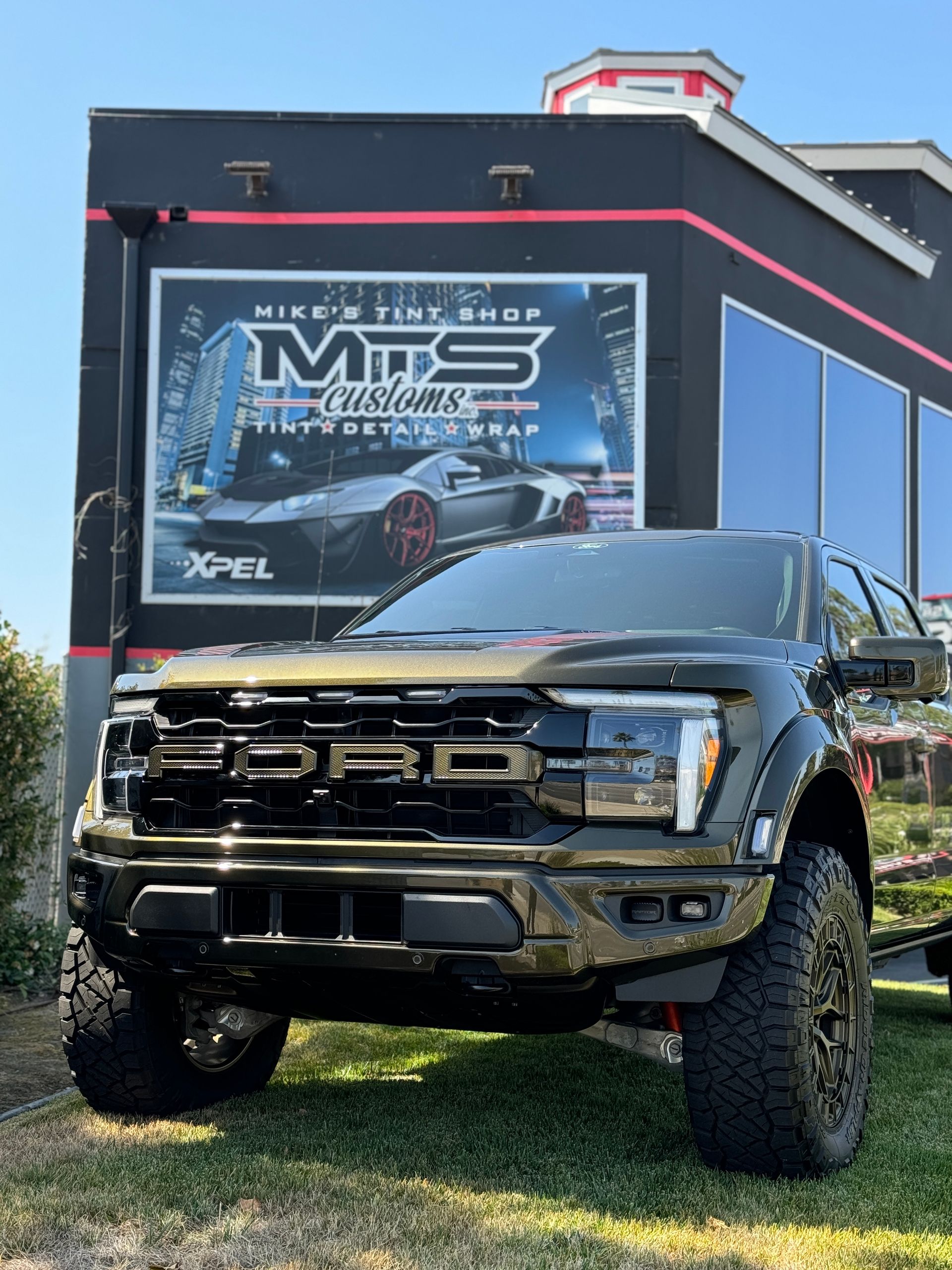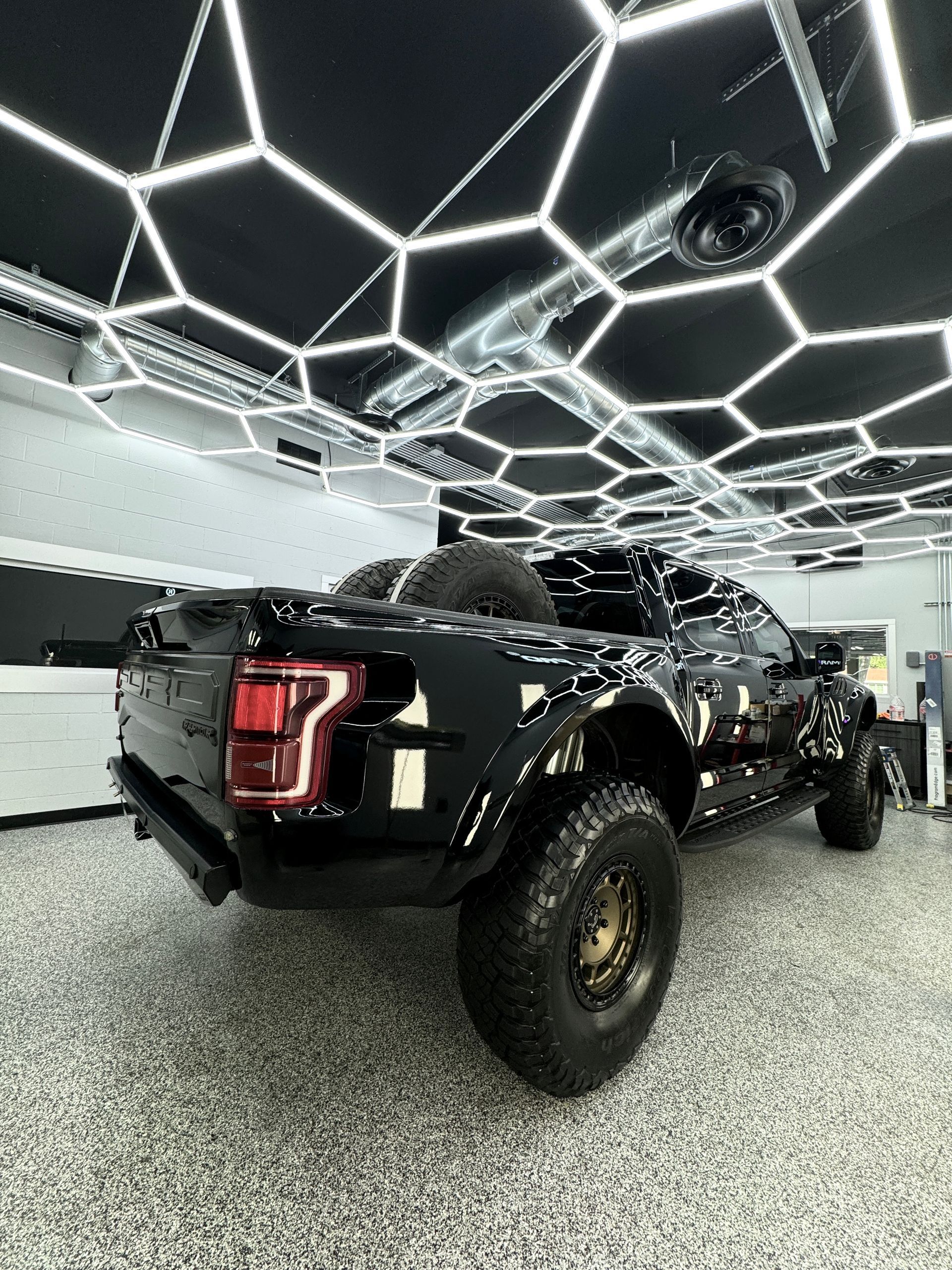5 STAR QUALITY SERVICE
Best Time to Apply Ceramic Coating for Optimal Protection
Many car owners dream of that glossy, long-lasting finish that makes their vehicle look brand new. But when is the right time to give your car that extra layer of protection with a ceramic coating? Understanding the best timing for this process doesn't have to be complicated. With over 30 years of experience applying premium coatings in Southern California, we've seen firsthand how the right environmental factors can make all the difference in the outcome. From humidity levels to temperature fluctuations, each element plays a vital role in how well the ceramic coating bonds with your paint. Let's explore how to choose the ideal moment for your application so you can protect your investment and keep your car looking showroom-quality.
The best time to apply a
ceramic coating
to your car is during mild weather conditions, ideally when temperatures are between 60°F and 80°F with low humidity. It's essential that the vehicle is thoroughly washed and detailed prior to application, as proper surface preparation significantly enhances bonding and the overall effectiveness of the coating.
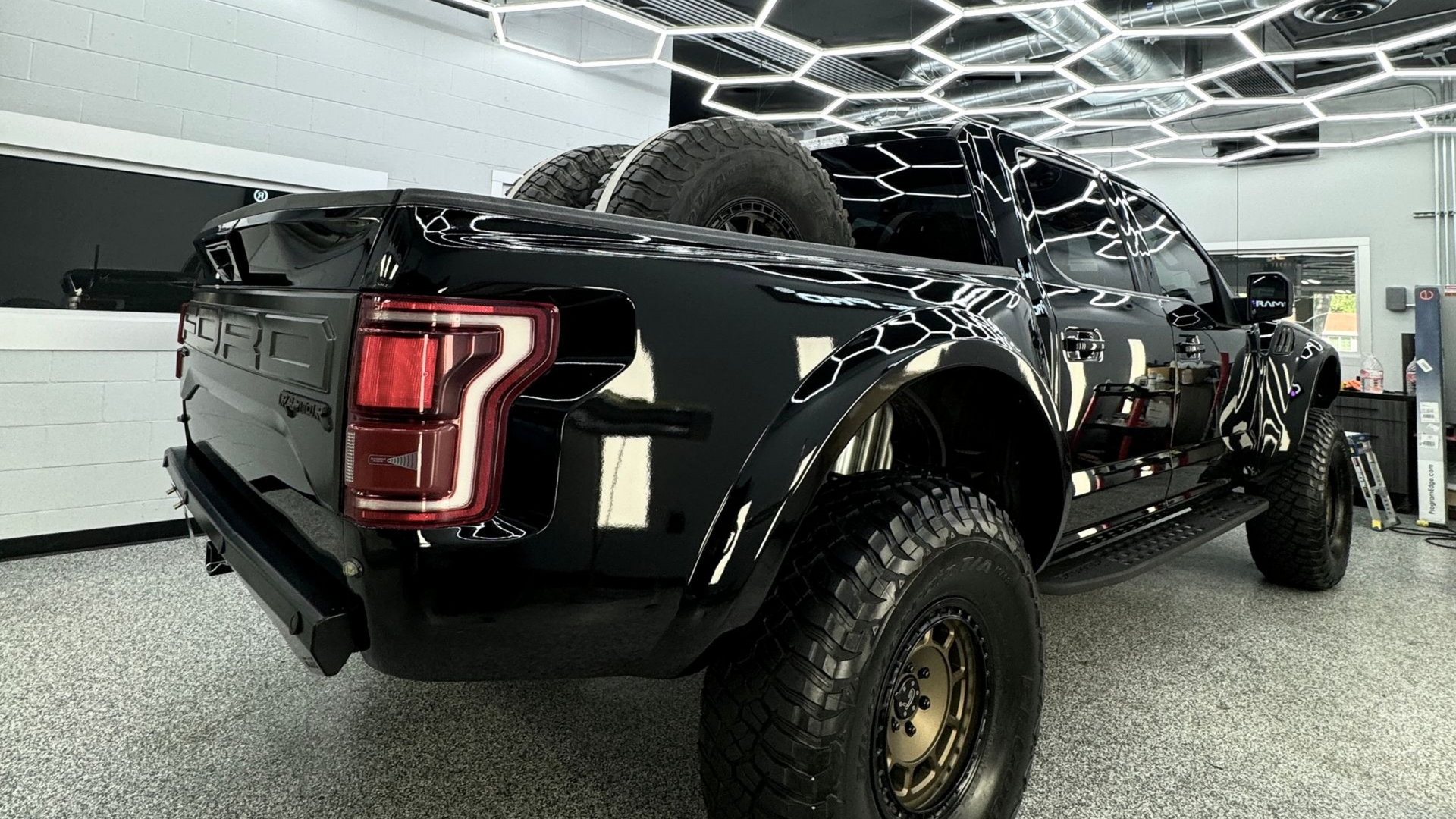
Selecting the Best Time for Ceramic Coating
When it comes to applying a ceramic coating, knowing when to schedule your appointment can feel overwhelming. You want to ensure that the environment is just right for this protective layer to bond effectively with your vehicle. While weather conditions are crucial, there's also the matter of your car's exposure to elements post-application.
Spring and fall emerge as the ideal seasons for ceramic coating application. These seasons offer moderate temperatures between 60°F and 77°F and humidity levels around 40–60%. The balanced air and consistent temperatures allow the curing process to proceed at the perfect pace, giving the ceramic coating time to bond properly with the paint without rushing or creating uneven results.
Summer can be deceptive. Those scorching Southern California days with temperatures soaring above 95°F might seem perfect for outdoor work, but they're not ideal for ceramic coating. The coating can cure too quickly under excessive heat, leading to an uneven application—similar to how a cake baked at too high a temperature looks perfect on the outside but disappoints when you cut into it.
Winter poses its own challenges. In colder conditions, applying a ceramic coating when temperatures dip below 50°F can result in improper adhesion. Just as oil and water don't mix well, neither do cold temperatures and ceramic coatings, which could lead to disappointing results that won't last through the seasons ahead.
| Season | Temperature (°F) | Humidity (%) | Best Time? | Comments |
|---|---|---|---|---|
| Spring | 60-77 | 40-60 | Yes | Ideal balance |
| Summer | 77-95+ | 50-70 | Caution | Can be too hot |
| Fall | 60-77 | 40-60 | Yes | Ideal balance |
| Winter | 32-50 | 20-40 | No | Too cold |
Beyond seasonal considerations, it's also important to think about your car's exposure to various elements after the coating is applied. Understanding these factors will further enhance the effectiveness of this protective solution and help maintain your vehicle's pristine, factory-fresh condition.
Ideal Environmental Conditions for Application
When preparing to apply a ceramic coating, achieving the right environmental conditions is crucial. The ideal scenario revolves around three primary factors: temperature, humidity, and airflow. Each of these elements significantly influences how well the coating adheres to your vehicle's surface.
Maintaining an ideal temperature range is essential. Temperatures between 60°F and 77°F are considered optimal. In these conditions, coatings bond effectively, ensuring a robust protective layer that will last for years. When temperatures dip below 50°F, you may encounter unpredictable results that compromise the quality of the finish.
Humidity levels must also be carefully monitored. The ideal range for relative humidity is between 40% and 60%. If humidity levels climb too high or drop too low, condensation can form on the surface of the car, hampering proper adhesion. Fluctuations in humidity levels directly impact drying time and bonding efficiency, which is why professional installers always check conditions before starting work.
Ventilation plays a significant role in creating the right environment during application. Adequate airflow helps enhance drying times and minimizes exposure to volatile organic compounds (VOCs) that might be present in the products being used. Professional shops maintain proper ventilation systems to ensure optimal conditions throughout the application process.
Your workspace matters tremendously. Ideally, ceramic coating should be applied in a clean, enclosed space like a professional detailing bay where the car is shielded from direct sunlight and airborne debris. A controlled environment minimizes contaminants that could interfere with the coating you're applying.
Professional shops use tools like hygrometers to measure humidity levels and predict when conditions become ideal for application. If humidity levels are too high, dehumidifiers can lower moisture content before beginning the process.
What happens if these environmental factors are ignored? Poor conditions can effectively reduce your ceramic coating's lifespan by as much as 30%, even when applied correctly. Taking these extra steps enhances the effectiveness of your coating and protects your investment for the long haul.
Preparing Your Car Surface
Proper surface preparation is the foundation of a successful ceramic coating application. At Mike's Tint Shop, we never cut corners on this critical step—it's what separates a good coating from a great one that lasts.
First, your vehicle receives a thorough wash using premium, pH-balanced car shampoo. This removes surface dirt and grime that could hinder adhesion. We treat every car like the valuable investment it is, ensuring a clean canvas that sets the stage for a stunning finish. Professional-grade wash mitts and techniques prevent any dirt from being transferred back onto the paint.
Next comes the clay bar treatment, an essential step that addresses what washing alone can't tackle. While washing removes loose dirt, it doesn't eliminate embedded contaminants like tar, tree sap, industrial fallout, or rail dust. The clay bar gently lifts away these stubborn particles without damaging the paint. We use specialized clay lubricants to protect the clear coat and ensure smooth, safe removal of all contaminants.
Paint correction follows, focusing on removing any blemishes, scratches, or swirl marks. Quality polish combined with precision buffing pads brings out a flawless sheen. This step can be labor-intensive, but achieving that polished, factory-fresh look is worth every moment invested. This is where craftsmanship truly shines.
The final preparation step involves an isopropyl alcohol wipe-down. This removes any oils or residues left from polishing or washing, ensuring the surface is completely clean before application. Think of it as priming a wall before painting—skipping this phase could result in uneven application or premature failure. We use at least 70% isopropyl alcohol applied with microfiber cloths for optimal results.
Thorough preparation enhances your vehicle's appearance and allows for superior bonding with the ceramic coating itself. When done correctly, these steps lead to long-lasting protection against elements that can tarnish that impeccable shine you expect from a premium service.
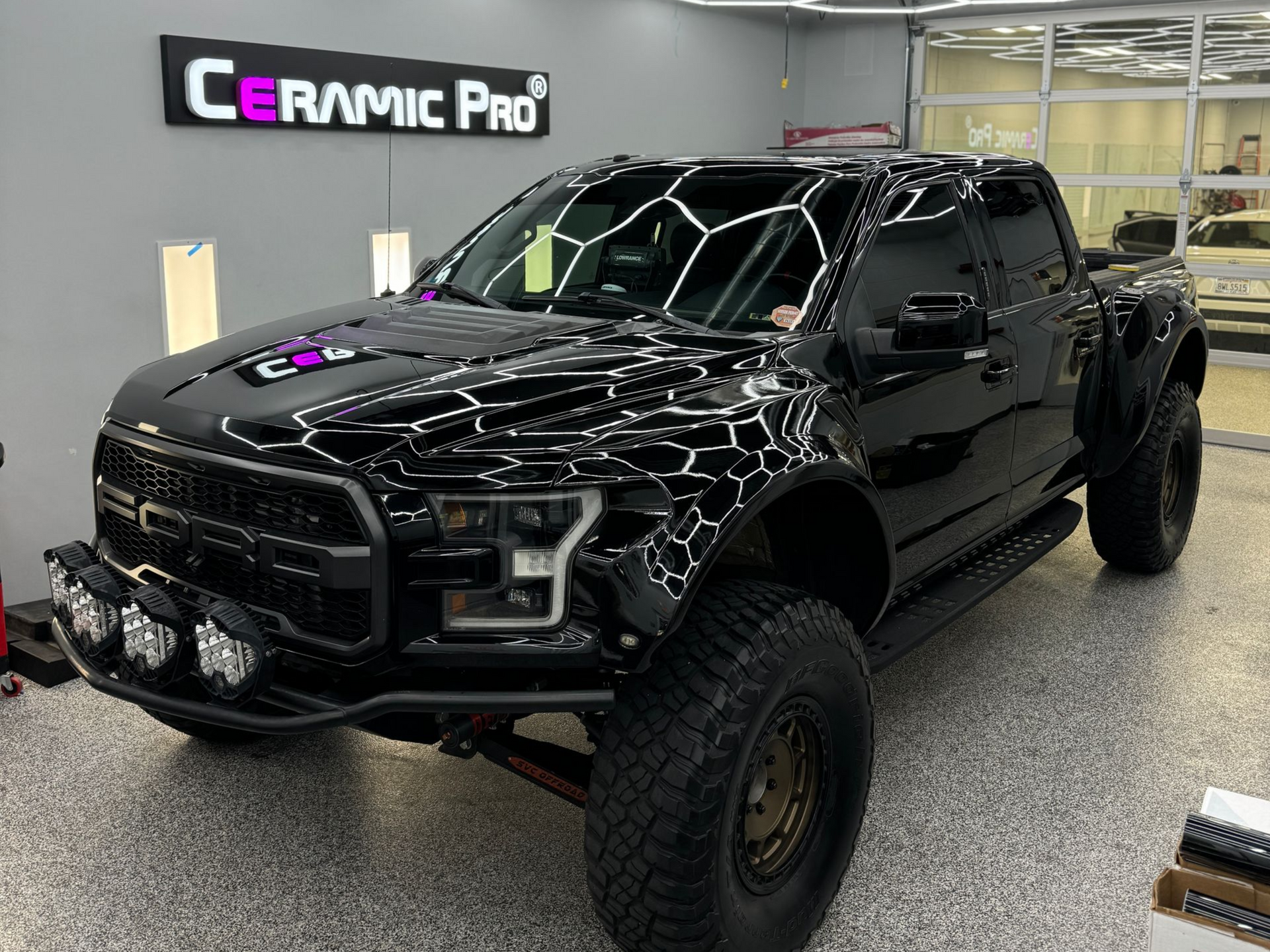
Step-by-Step Application Guide
The application process requires precision, patience, and expertise. Here's how professionals ensure a flawless finish:
Step 1: Prepare the Coating Solution The ceramic coating bottle is shaken thoroughly before use to evenly distribute the active ingredients within the formula. This mixing action ensures consistent application across your vehicle's surface, similar to mixing ingredients for a perfect recipe—every part needs to be properly combined.
Step 2: Apply the First Layer A few drops of ceramic coating are placed onto an applicator pad—just enough to cover a small section. The coating is spread using a crosshatch pattern (moving vertically, then horizontally), which promotes thorough coverage and prevents streaking. Each inch of paint receives even protection, ensuring uniform results.
Step 3: Buff for Perfection After the coating flashes—indicated by a rainbow-like sheen on the surface—it's gently buffed using a soft microfiber cloth. This step removes excess product while enhancing the gloss, leaving a smooth finish that gleams under sunlight. The difference between a good and great finish often comes down to proper buffing technique.
Step 4: Allow Proper Curing Time The newly applied layer must cure according to manufacturer specifications. This waiting period typically ranges from 1–6 hours and is vital for optimal bonding between the ceramic coating and the car paint. During this time, the vehicle must be kept away from moisture and extreme environmental conditions like direct sun or rain. Rushing this step compromises the entire application.
Step 5: Add Additional Layers (Optional) For enhanced durability and protection against Southern California's harsh sun and environmental contaminants, additional layers can be applied. Each previous step is repeated for every new layer. However, each layer must be fully cured before applying another. This layering process maximizes the ceramic coating's resilience over time and improves its water-repellent properties, keeping your car looking pristine longer.
Advantages of Proper Timing
Timing plays a pivotal role in achieving a successful ceramic coating application, enabling not just better appearance but also superior durability. The right weather conditions enhance the adhesive qualities of the coating, facilitating an optimal bond between the product and your vehicle's paint. When applied during ideal conditions like spring or early fall, you'll experience benefits that last well beyond the initial application.
Studies reveal that cars treated under optimal conditions exhibit up to 25% greater resistance to contaminants compared to those coated in less favorable situations. Simply waiting for the right moment can extend the lifespan of your coating and protect your vehicle against daily wear and tear.
Key Benefits
Enhanced Longevity of Coating: When applied at correct temperatures—ideally between 60°F and 80°F—ceramic coatings adhere more firmly. This increases longevity, as they endure the elements without peeling or deteriorating.
Superior Gloss and Shine: The curing process under ideal conditions allows for a smoother finish, resulting in that head-turning, showroom-quality appearance. A gleaming car doesn't just look fantastic—it reflects your commitment to quality and attention to detail.
Better Protection Against Contaminants: A well-timed application ensures the coating cures properly, forming a solid layer that repels dirt, grime, UV rays, and environmental factors effectively. This barrier significantly minimizes damage from Southern California's intense sun or road contaminants.
Reduced Maintenance Efforts: With properly timed application, cleaning your car becomes simpler and less frequent. Contaminants are less likely to bond with the surface when protected by an effective ceramic coat, saving you time and effort.
Careful timing is crucial for maximizing benefits and ensuring longevity. When done right, your initial investment pays dividends over time through enhanced protection coupled with lower upkeep costs.
Maximizing Coating Longevity
Proper care and maintenance after ceramic coating application are vital for ensuring it lasts as long as possible. One of the most effective practices is regularly washing your car with a pH-balanced shampoo. This simple action keeps your vehicle looking pristine while protecting the ceramic layer from degradation caused by harsh chemicals.
Routine Maintenance Steps
Weekly Wash: Set aside time each week for washing your vehicle. This prevents dirt buildup that can harm both the coating's appearance and protective qualities. Use soft microfiber towels and gentle techniques that protect both your paint and coating. Think of your car as an investment that deserves regular attention.
Ceramic-Compatible Detailing Sprays: These specialized sprays enhance the hydrophobic properties of your ceramic coating, allowing water to bead away and dirt to slide off more easily. Applying them every few weeks provides an added layer of protection and rejuvenates the gloss that makes your car stand out.
Avoid Automated Car Washes: While convenient, many automated washes use abrasive brushes and strong chemicals that can compromise your coating. Opt for hand washing or touchless options instead. This protects your investment and allows you to spot any issues before they become problems.
Many satisfied customers have reported significant improvements in coating performance and longevity by following these regular post-application care tips. One Tesla owner shared how switching to hand washing dramatically improved their vehicle's appearance over two years, maintaining that factory-fresh look that turns heads.
Investing time in proper care routines will prolong the life of your ceramic coating, ensuring your vehicle remains gleaming and protected against Southern California's environmental challenges.
Final Thoughts
Protecting your vehicle with ceramic coating is one of the smartest investments you can make for maintaining its value, appearance, and long-term condition. But as we've explored, timing isn't just important—it's everything. The difference between a coating that lasts two years versus five years often comes down to choosing the right conditions for application and following through with proper maintenance.
At Mike's Tint Shop, we've spent over 30 years perfecting the art of ceramic coating application. We understand that your car represents more than just transportation—it's a reflection of your success, your attention to detail, and your commitment to quality. That's why we never compromise on the conditions or processes that ensure a factory-fresh, showroom-quality finish.
Whether you're driving a Tesla through Corona, a Mercedes AMG through Orange, or a custom Jeep through Riverside, your vehicle deserves the gold standard in protection. Don't risk your ride with subpar timing or amateur application. Trust the professionals who know exactly when and how to apply ceramic coating for results that last.
Ready to give your car the protection it deserves?
Book your free consultation today and let our certified experts assess the perfect timing for your ceramic coating application. Your vehicle's pristine future starts with one decision made at the right time.
